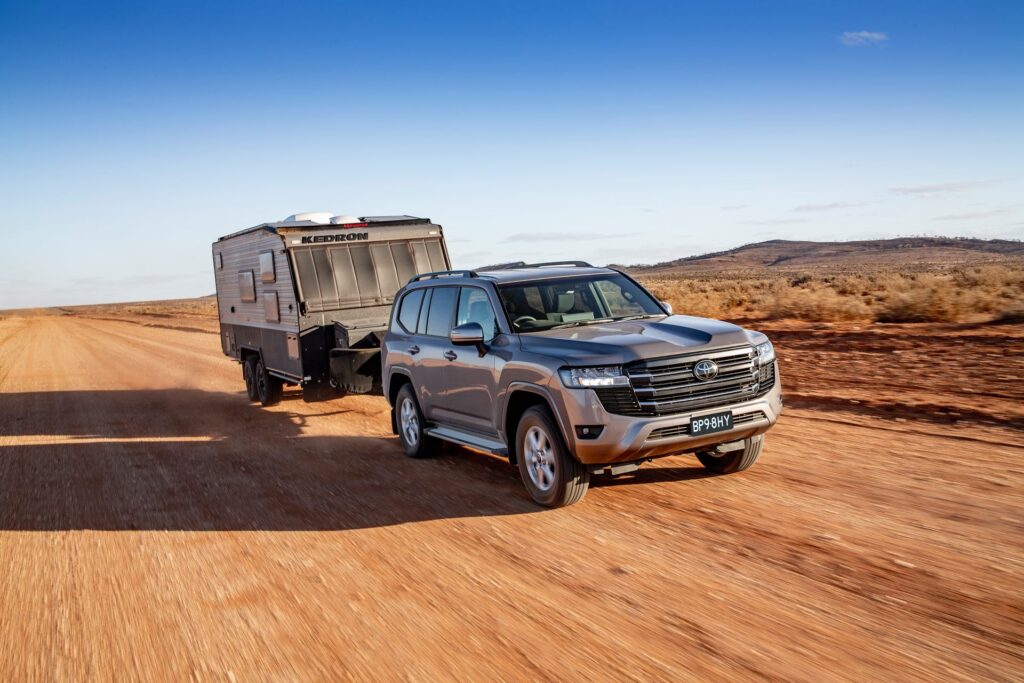The Australian Government has watered down its New Vehicle Efficiency Standard and pushed back the enforcement date by six months to July 2025, following claims from industry that the original proposal would significantly increase the price of some vehicles.
Modifications to the standard include:
- Re-categorising a limited number of 4WDs from passenger car to light commercial vehicle. The government said this “acknowledges” that some off-road wagons use similar ladder-frame chassis and need comparable towing capacity above three tonnes to dual cab utes. This includes models such as the Toyota LandCruiser, Nissan Patrol, Ford Everest and Isuzu MU-X.
- Smoothing the emissions trajectory for light commercial vehicles. This reflects adjustments announced by the US EPA to its vehicle standard and “smooths” the transition for utes, vans and SUVs.
- Adjusting the weight-based relative emissions limits (known as the break point) for both passenger cars and light commercial vehicles. Upper break points have been increased, which “recognises” that heavier vehicles have greater emissions.
- Staging implementation to enable preparation and testing of essential data reporting capabilities. The scheme will commence on 1 January 2025, but manufacturers will not begin earning credits or penalties until 1 July 2025, effectively delaying the scheme by six months.
To help accelerate the transition, the government will provide $60 million to boost EV charging at Australian dealerships under the Driving the Nation fund.
“This is the right package of measures for Australia,” said the government in a media release. “It will transform Australia’s vehicle fleet to save families money, [and] people will still be able to buy the vehicles they know and love while getting access to the safest, most modern, efficient cars.”
Legislation reflecting the changes was introduced to parliament on 27 March.
The government said it consulted with a broad range of stakeholders over the past year and engaged with more than 9,000 submissions made throughout the latest consultation period.
Toyota Australia Chief Executive Matthew Callachor welcomed the updates to the standard but said complying with it still won’t be easy. “We shouldn’t be under any illusions there still remains a very big challenge in achieving these ambitious numbers … but the reality is we just simply need to get on with it now,” he said.
Tesla Australia representative Sam McLean described the policy as a “solid compromise”. “This is a very moderate standard that takes Australia from really the last place in this transition to the middle of the pack,” he added.
John Kett, Hyundai Australia Chief Operating Officer, expressed a similar sentiment. “The NVES framework seems to strike the right balance between ambition and practicality,”
The Federal Chamber of Automotive Industries (FCAI) said the changes were “a step in the right direction”, but it has “concerns about the impending challenges facing industry and motorists. The FCAI will review the draft legislation in detail to understand the impact to the industry and to consumers. We call on the government to release the full legislation and modelling that forms the basis for their policy.”
According to the Motor Trades Association of Australia, the proposed standard remains “ambitious and challenging” for the many car brands in the Australian market. “In the last six weeks the Australian government has acknowledged the retail automotive industry’s concerns, looked at the additional evidence and considered the weakening of the US standard to come up with a revised and – what we consider – sensible plan,” said Matt Hobbs, CEO of the MTAA.

